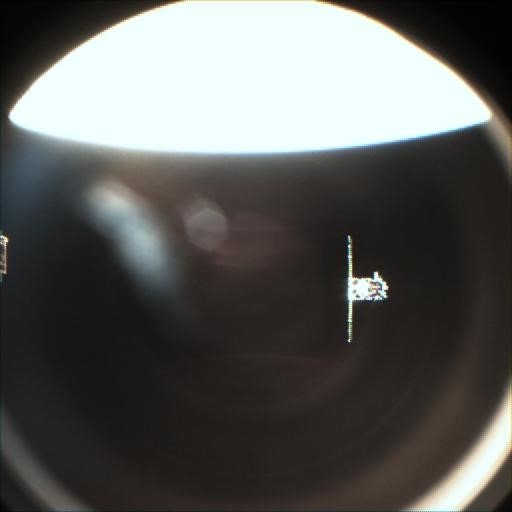ISRO Historic Space Docking Trial: Satellites Close to 3 Meters
Bengaluru: In a landmark trial for space docking experiment, two Indian satellites, SDX01 (Chaser) and SDX02 (Target), achieved proximity of three meters in orbit. The trial, part of the Space Docking Experiment (SpaDeX) mission, signifies a significant step toward India’s ambition of autonomous space docking—a critical capability for future space missions.
SpaDeX Docking Update:
A trial attempt to reach up to 15 m and further to 3 m is done.
Moving back spacecrafts to safe distance
The docking process will be done after analysing data further.
Stay tuned for updates.#SpaDeX #ISRO
— ISRO (@isro) January 12, 2025
The docking exercise, launched on December 30, involves the satellites being moved closer at a controlled speed of 10 millimeters per second, utilizing the indigenously developed Bhartiya Docking System. While the satellites have now been moved back to a safe distance, the Indian Space Research Organisation (ISRO) stated that further data analysis is required before attempting the final docking.
SpaDeX Docking Update:
SpaDeX satellites holding position at 15m, capturing stunning photos and videos of each other! 🛰️🛰️
#SPADEX #ISRO pic.twitter.com/RICiEVP6qB
— ISRO (@isro) January 12, 2025
The Process: An Intricate “Handshake” in Space
Docking in space is a highly complex process, often described as an “exciting handshake” between two spacecraft. The SpaDeX mission, launched aboard a PSLV C60 rocket, placed the satellites in a 475-kilometer circular orbit. The experiment entails moving the satellites back and forth with precise calibration to ensure all onboard systems and algorithms function seamlessly.
ISRO’s Chief, Dr. S Somnath, emphasized the challenges of a first-time docking attempt, highlighting the meticulous calibration and ground testing required. He explained that the process involves verifying sensors, algorithms, and scenarios before issuing autonomous commands to the spacecraft.
India’s Space Milestone in the Making
With this mission, India aims to join an elite group of nations—following the US, Russia, and China—that have achieved autonomous space docking. Success in this endeavor would pave the way for ambitious future projects such as the Bharatiya Antariksh Station and Chandrayaan 4.
After docking, the satellites will function as a single spacecraft, sharing electrical power to test the transfer system’s efficacy. The final success of the mission will be validated only after the satellites undock and resume independent operations.
ISRO’s Path Forward
Postponed twice to address calibration challenges, the docking experiment marks a cautious yet ambitious approach. Dr. Somnath stressed the importance of thorough testing to ensure every sensor, system, and algorithm operates flawlessly.
As the SpaDeX mission progresses, it not only enhances India’s technical capabilities but also signifies a major leap toward autonomous space operations, ensuring that India remains at the forefront of global space exploration.
Also See:
Also see: Los Angeles Wildfires Destroy Celebrity Homes
Major US Banks Exit Net Zero Alliance Ahead of Trump Presidency
Mayur Bharatbhai, Affordable Lehengas & Shark Tank
L&T Chairman: Remarks on 90-Hour Workweeks Draw Sharp Criticism
—————————————————————
It would mean the world to us if you follow us on Twitter, Instagram and Facebook.




